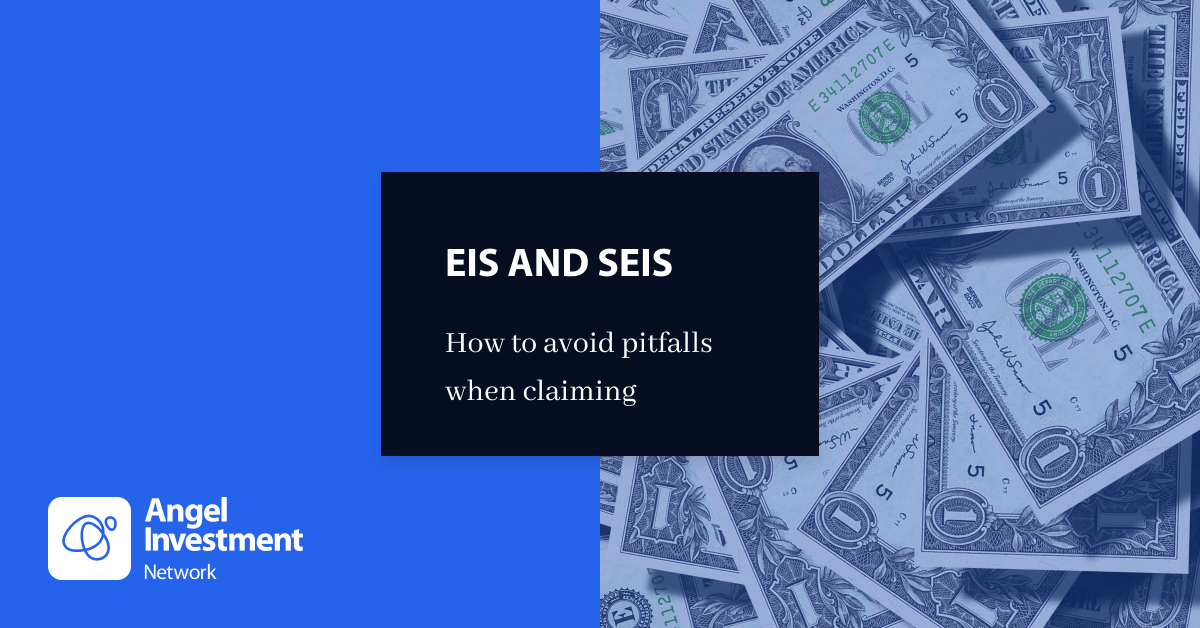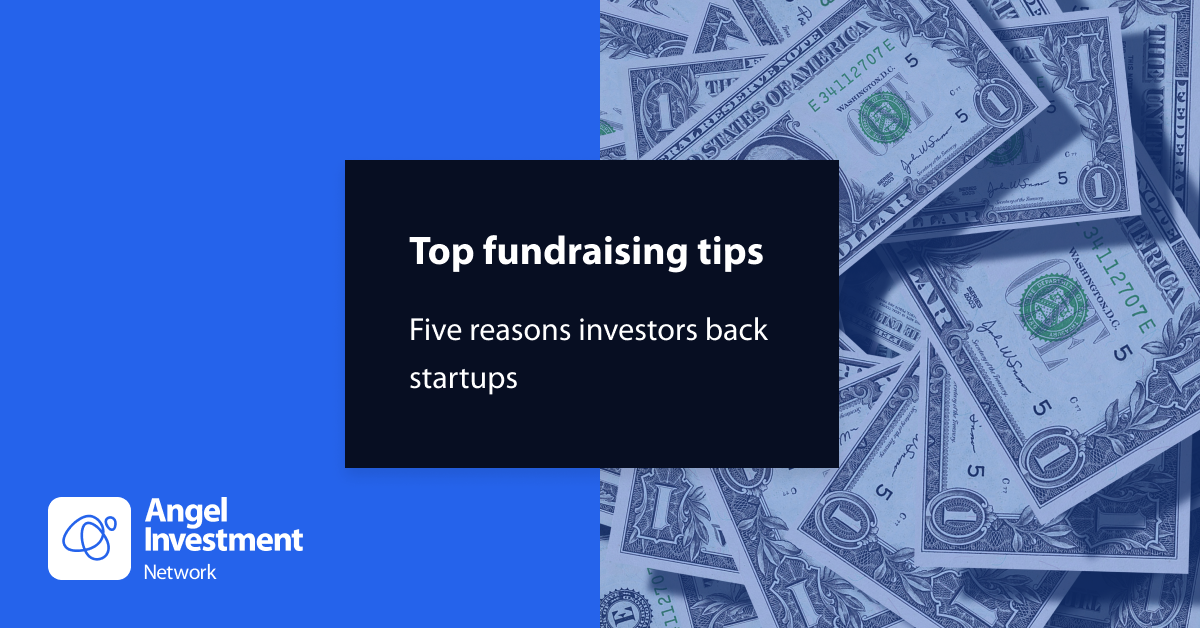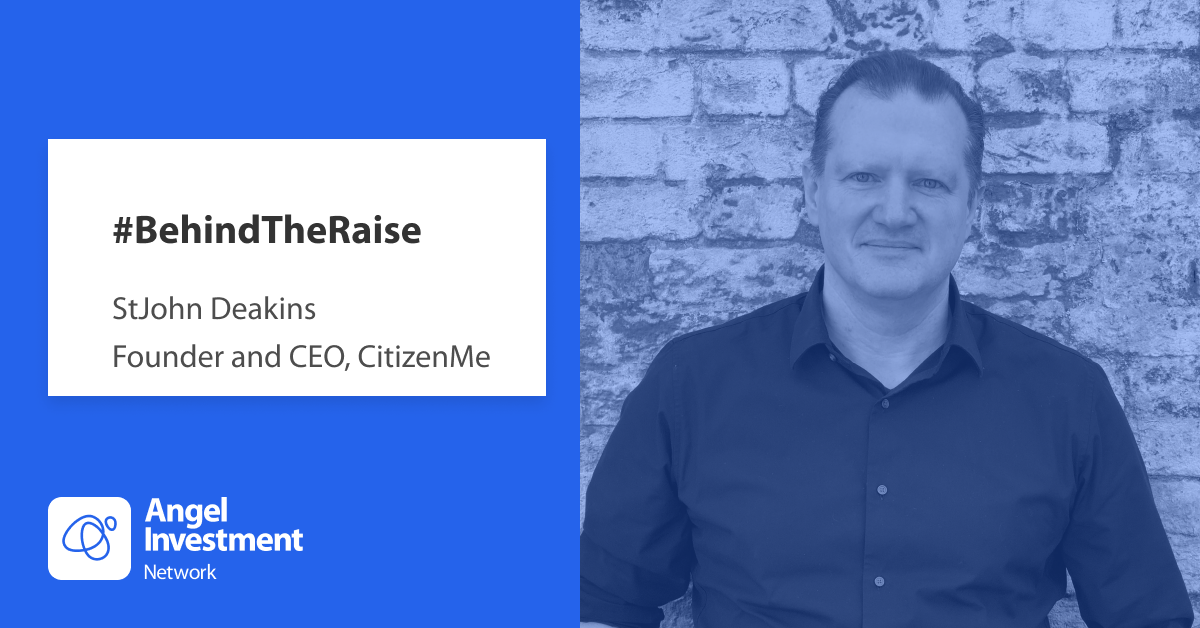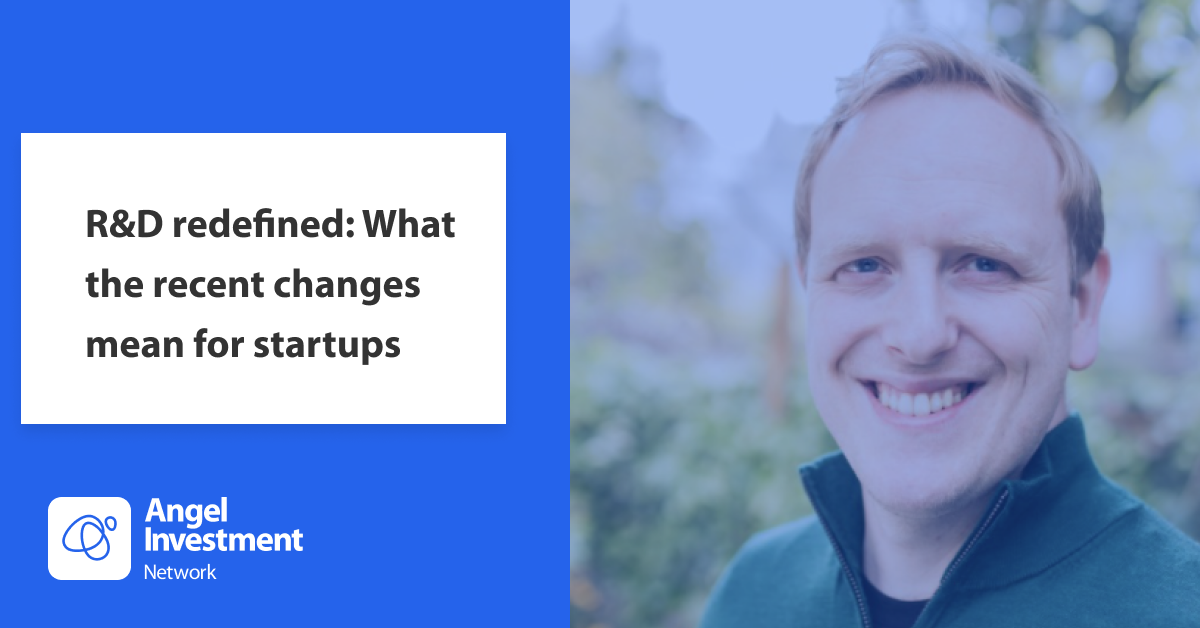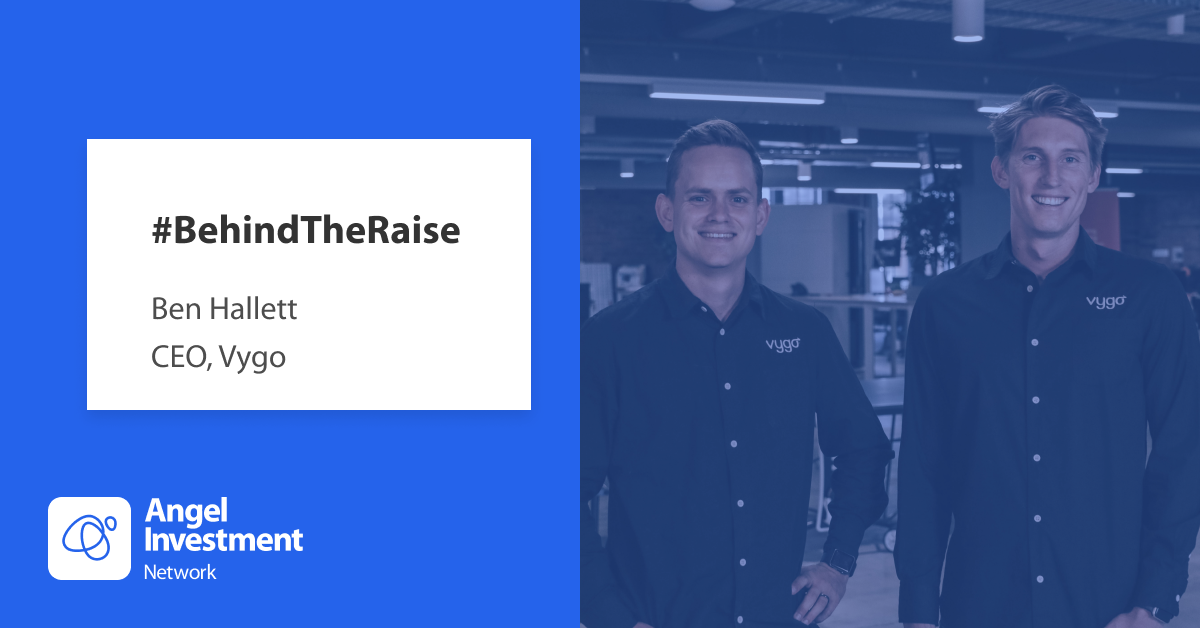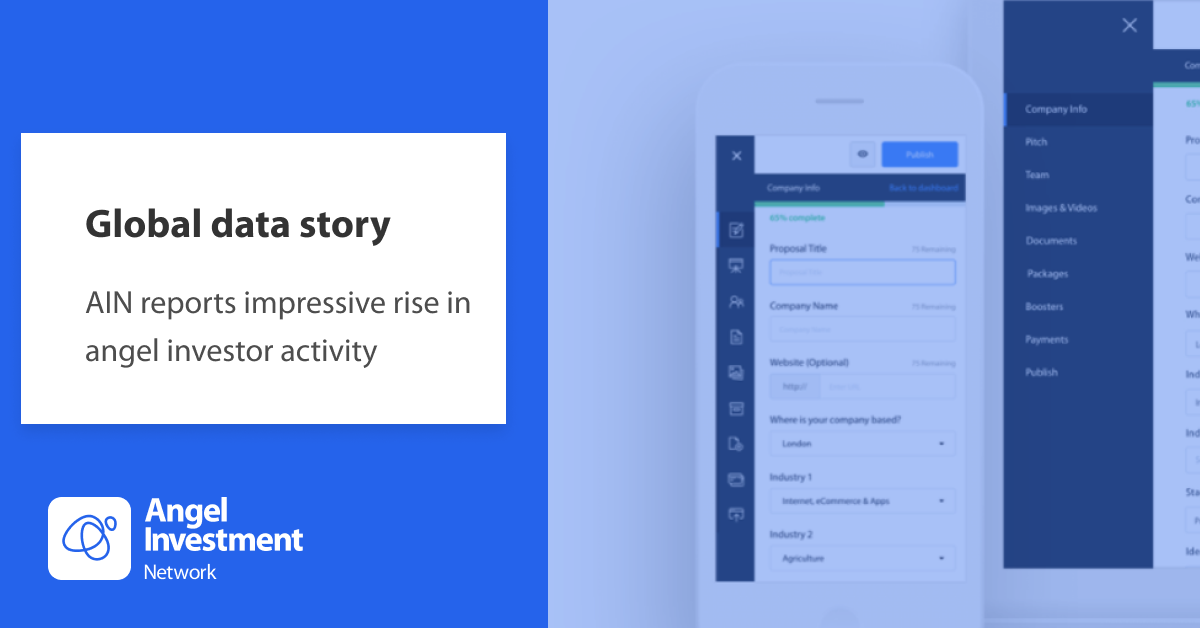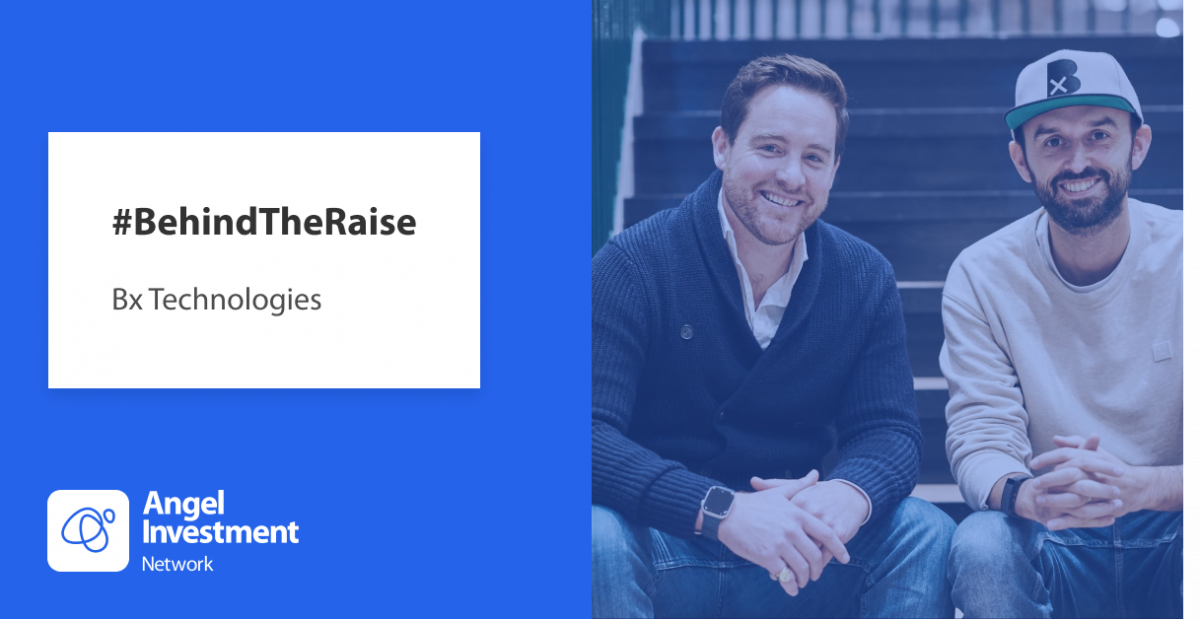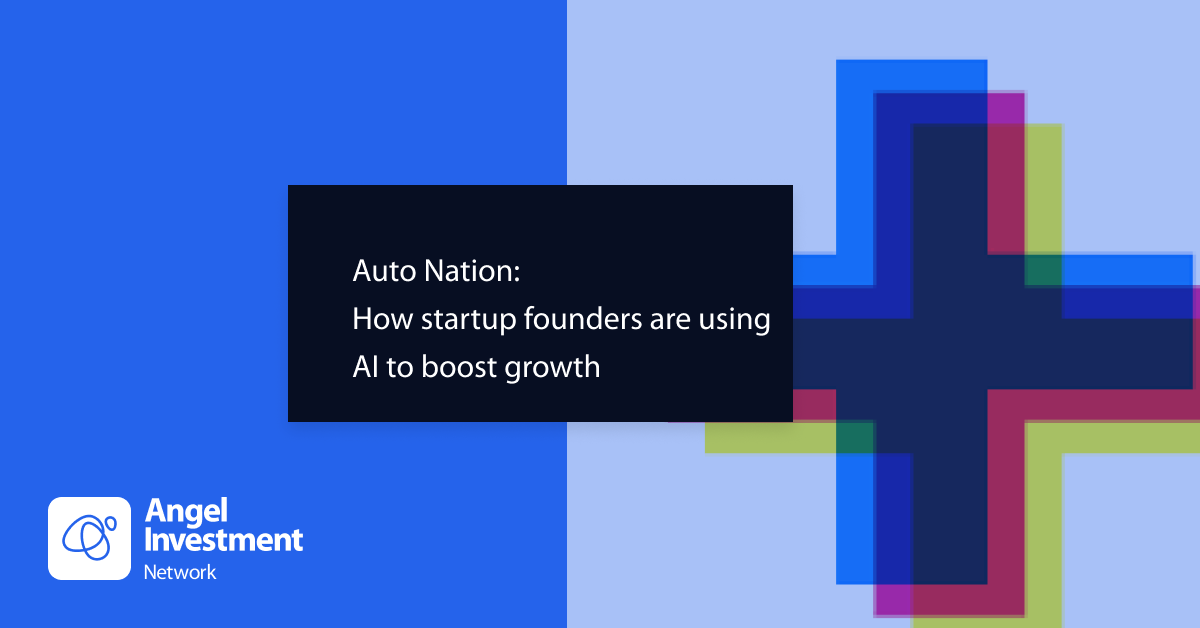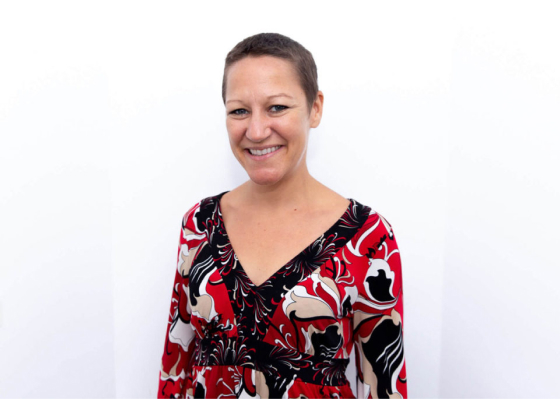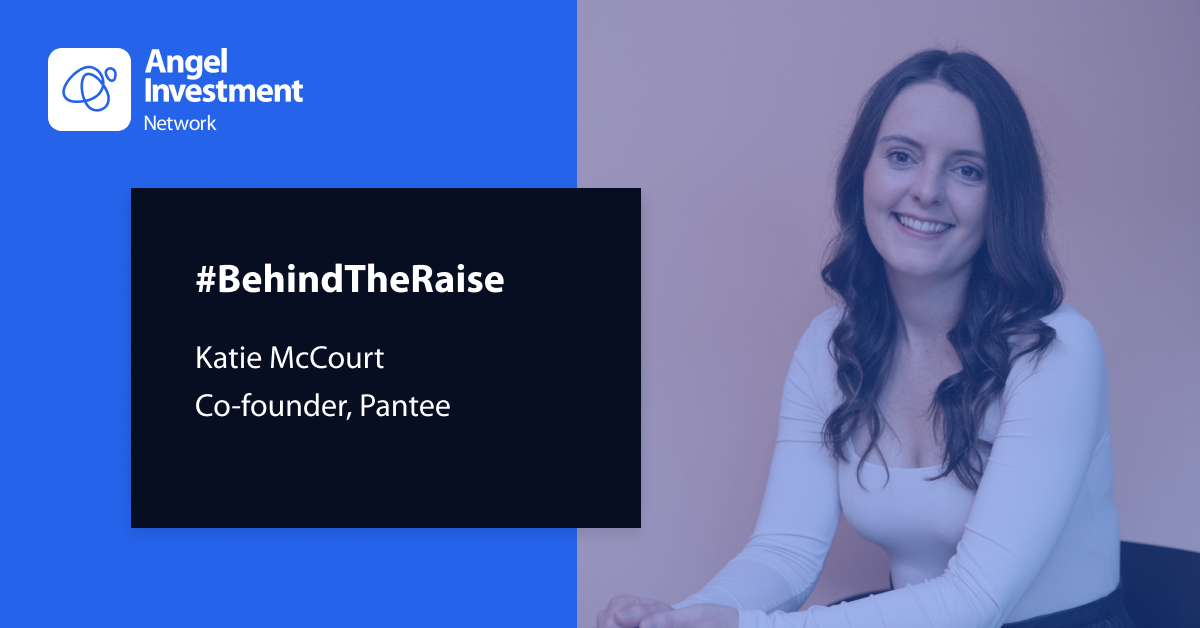Birmingham-based smart-EV and energy storage startup WAU (We Are Universal) has raised £650,000 in a pre-seed funding round with Angel Investment Network, the world’s largest online angel investment platform.
WAU, launched in 2018, is a fast-growing smart-EV vehicle platform transforming urban mobility. The product offering includes: WAU Bikes, a smart, long range electric bike with a powerful onboard computer, the 2 wheel version of the smart electric car; and soon unveiling the WAU Powerwall, enabling the bike’s power cells to be linked together to serve as power storage for solar homes and power plants among other uses. Finally WAU vision, its data gathering capability for an autonomous EV future, rolling out to all current and future riders of WAU across the world.


